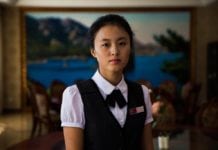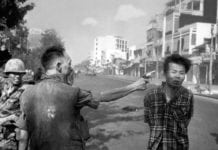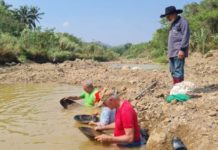Chiang Mai in northern Thailand has rapidly become one of the world’s prime cycling destinations, although it’s not the only place in the area with great riding on tap.
When it comes to road cycling and racing Europe has always been the epicentre of the sport, but in recent years it has evolved into a global phenomenon with Asia well and truly part of that.
It was about 15 years ago that Chiang Mai started to ping on the radar for international cyclists. Its mild and dry winter climate and profusion of both flat and mountain roads, combined with relative ease of access and low costs, soon drew the attention of riders worldwide.
At that time the sport was really starting to take off in Asia, and Chiang Mai soon became the go to destination for Asian and then Western athletes looking for a great training base.
The city lies on a flat and broad plain and has mountains on either side of it, a geographic cocktail that makes it near perfect for all.
As a result, the area has developed a thriving cycling culture and infrastructure over the years. There are now many high-end bike shops and cycling tour companies, as well as bike-oriented hotels and coffee shops.
These all add up to make it the continent’s most popular cycling destination, be that on or off-road.

Right up until the coronavirus pandemic, the city was a prime and easy to reach destination for Hong Kong cyclists, and although Thailand has been virtually closed during the pandemic it is now gradually reopening, and cyclists from all around the world are returning
Just last week, the Tour of Thailand road race took place in the south of the country, and several riders arrived early to train in Chiang Mai before the event started.
Recently three riders from Team Jumbo-Visma, the world’s leading professional squad, based themselves in town for winter training. Their number included Dutchman Tom Dumoulin, a former Giro d’Italia winner and World Time Trial Champion.
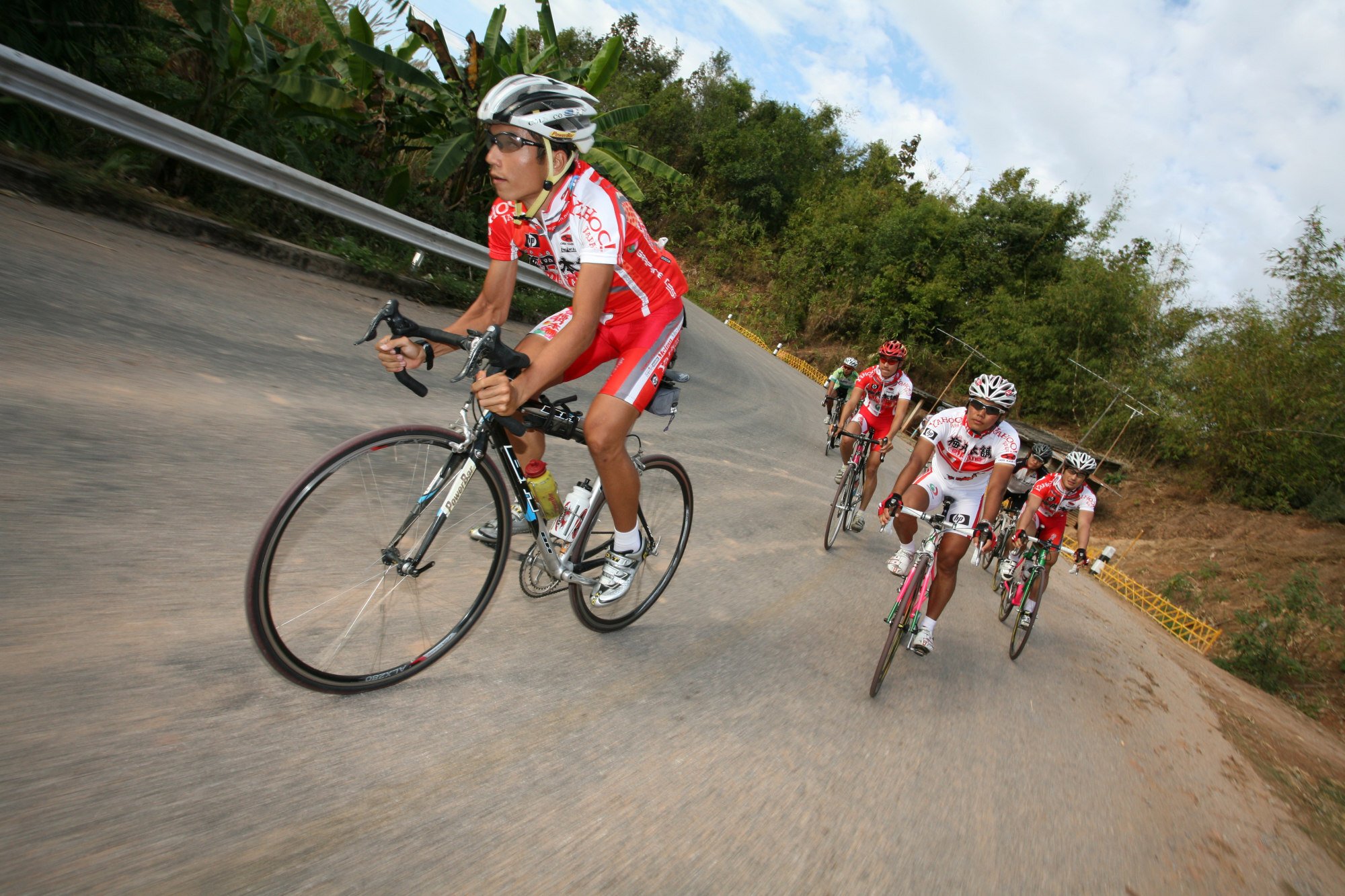
You don’t have to ride too far out of the city to find yourself cycling on peaceful and mountainous routes. Turn off these and you will often come across minority hill tribe villages, which makes for a real step back in time.
Decades ago some of these communities were dissuaded from growing elicit cash crops and were steered towards coffee cultivation. This twist has in turn helped Chiang Mai to become one of the continent’s great coffee cities. There’s now a great barista on almost every Soi (street) in town, and coffee goes hand in hand with cycling.
Thailand’s second city, Chiang Mai is very much the capital of the north, as it has been since the Lanna era (13th-18th century), something that is very visible through the local architecture and traditional dress, which is quite different to that of Bangkok and the south.
Even so, the city blends this ancient past well with its modern and cosmopolitan facilities, which has made it something of a regional haven for digital nomads and expats.
As much as Chiang Mai is both the northern Thai tourism and cycling hub, there is also a superb and very different cycling experience to be found just three hours north in Chiang Rai province.
A smaller region, Chiang Rai is the northernmost province in the country, and is similar in many respects to its larger neighbour, with a huge plain taking up much of the area, and mountains touching 1,600 metres high flanking it.
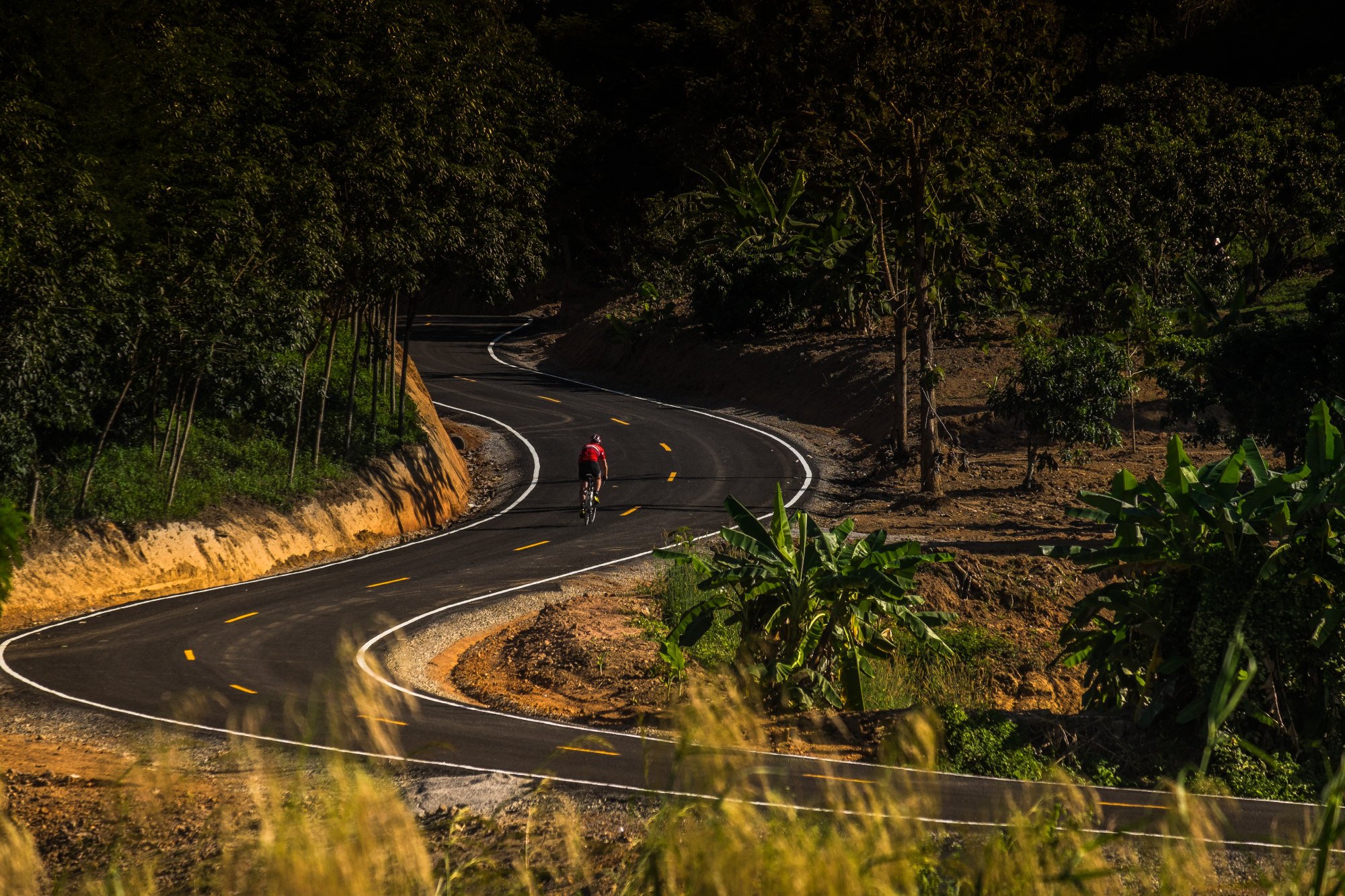
Even before Chiang Mai started to gain a reputation as a cycling destination, a small number of Japanese cyclists were visiting Chiang Rai, which is less developed and has a more rugged feel, for several months each winter.
It was in the early 2000s when a former Japanese national cycling team manager moved to the area and opened a resort in Theong, a town in the east of the province.
The professional cycling Fukushima brothers – Koji and Shinichi – started wintering with him, and it developed from there. One of the younger riders to tag along with them was Yukiya Arashiro, who has since developed into a World Tour rider with Team Bahrain Victorious, and he has spent a few months each year training there ever since.
The far northern mountains of the Golden Triangle region of Chiang Rai were once virtually impenetrable, and were notorious as a major drug-trafficking route.
During the early 1970s former Chinese rebel soldiers from Yunnan settled here and were tasked with putting an end to the trade, which they achieved. These mountains are now partly carpeted in tea plantations, and in places resemble their native Yunnan.
With it’s numerous hill tribe communities and relative seclusion this far northern and mountainous corner of Thailand retains a wild and adventurous feel. The cycling here is superb and very challenging, as the climbs are often steep and long, although thankfully there are also plenty of rolling and easier ride options.
If you go: both Chiang Mai and Chiang Rai are great cycling destinations, and are very contrasting. For ease of access and for Western standard facilities then Chiang Mai tips the scales.
If you’re looking for a more traditional and adventurous experience then it has to be Chiang Rai. That said, with them being so close together they really do make for a spicy cycling double bill, thus getting the best of both worlds.
The prime time for riding is the dry and cool season between October and February. From February until late April is burning season in the region and the air quality is not good.
The rainy season is mostly June through September, and although it can be hit and miss this is also a very vibrant time and can make for good riding. – SCMP










